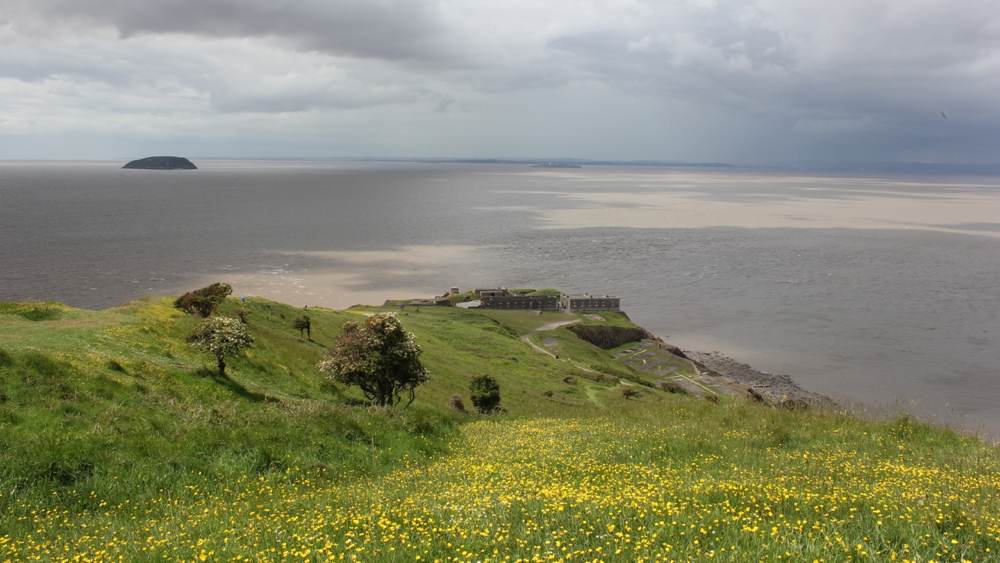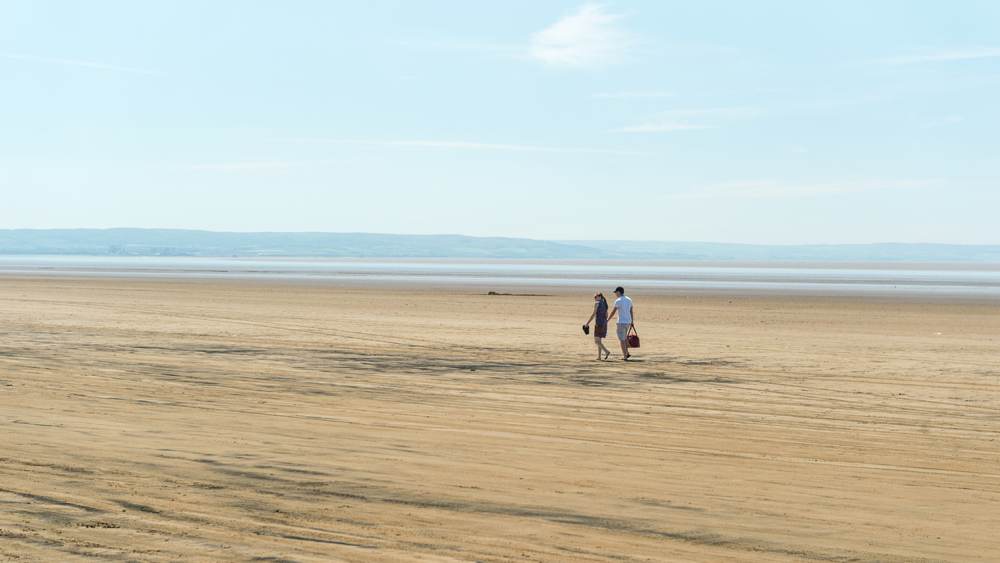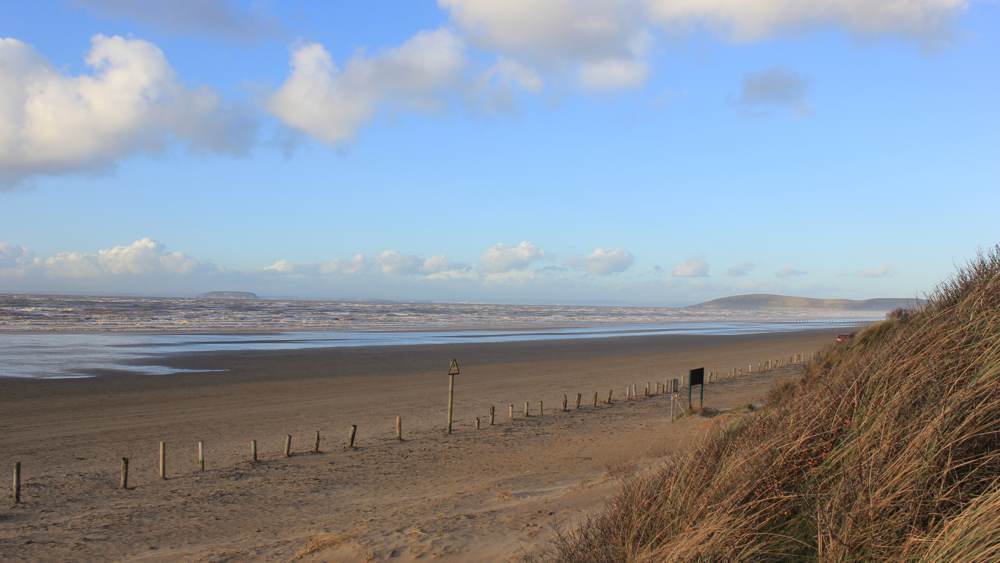Click to zoom …
Walk Details
Notes: This walk is tidal – please check tide times before setting off. If the tide is in the walk can still be completed by walking from the Car Park along the road to the steps and follow the instructions for the rest of the walk. Dogs are welcome but need to be kept under close control on working farmland.
Brean Down – a spit of land labelled Somerset’s natural pier – stands 97m high with stunning views across the Bristol Channel, South Wales, Exmoor and over the Somerset Levels.
Points of Interest:
Thriving wildlife, including wild goats and peregrine falcons, natural pier with amazing views, remains of a Roman-Celtic temple, Brean Down Fort and amazing sunsets.
The walk begins at the National Trust car park. Walk along the road passing the café on your left and keep left where the road forks heading for the steps and the ECP fingerpost pointing towards Brean Down. Go up the steps which will lead you up onto the Down.
Once on the Down, take the path to the left, along the southern slopes.
The rocky limestone soil and warm south facing cliffs provide the perfect habitat for some of the nation’s rarest blooms, including the White Rock Rose seen in early Summer.
Walkers could also be lucky enough to catch a glimpse of a skylark, meadow pipit, linnet, raven or peregrine falcon flying over the wild goats that cling precariously to the cliffs.
Continue along the path until you come to the site of a Romano-Celtic temple. It was built in about AD 340, close to a Bronze Age burial mound. Rock from a quarry on the Down provided some of the stone for the building.
Further along the path you will come across the remains of a Celtic field system, seen as a series of small rectangular fields.
Continue up towards the fort, which was built in 1862 to protect Bristol and Cardiff from the growing strength of France under Napoleon III.
The height of Brean Down made it an ideal location for a fort but no weapons were red in action until 1900 when a gunner facing a disciplinary charge for drunkenness red his weapon, blowing himself and part of the fort into oblivion.
The fort was re-armed at the start of the Second World War when regular drill and gunnery practice was part of the routine for the Coastal Battery Regiment.
From the fort make your way back along the surfaced track on the other side of the Down to the site of the Iron Age hill-fort. Take a closer look at the banks and ditches before continuing along the path.
Follow it round to the right, ignoring the footpath on your left and continue down the surfaced path until you reach the road. Turn right and follow the road back to the car park.
Facilities: National Trust car park, two cafes and public toilets.
All information correct at the time of publication.
 Nearest Train (or tube) Station(s):
Nearest Train (or tube) Station(s):
Weston-super-mare



























